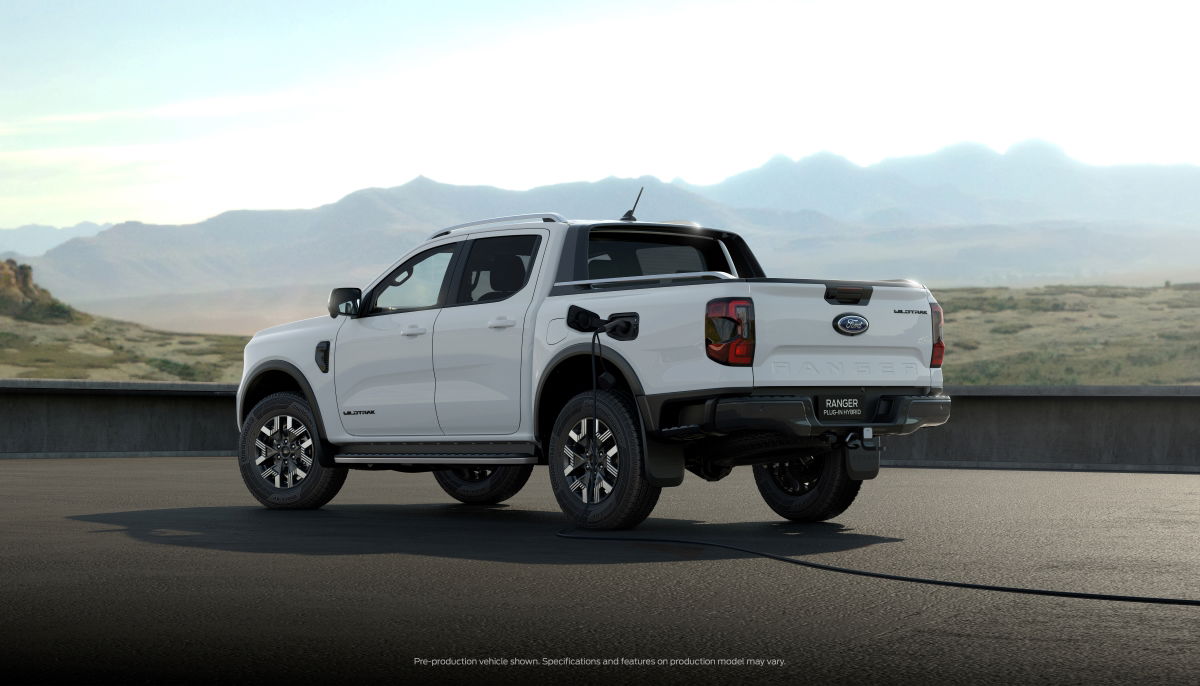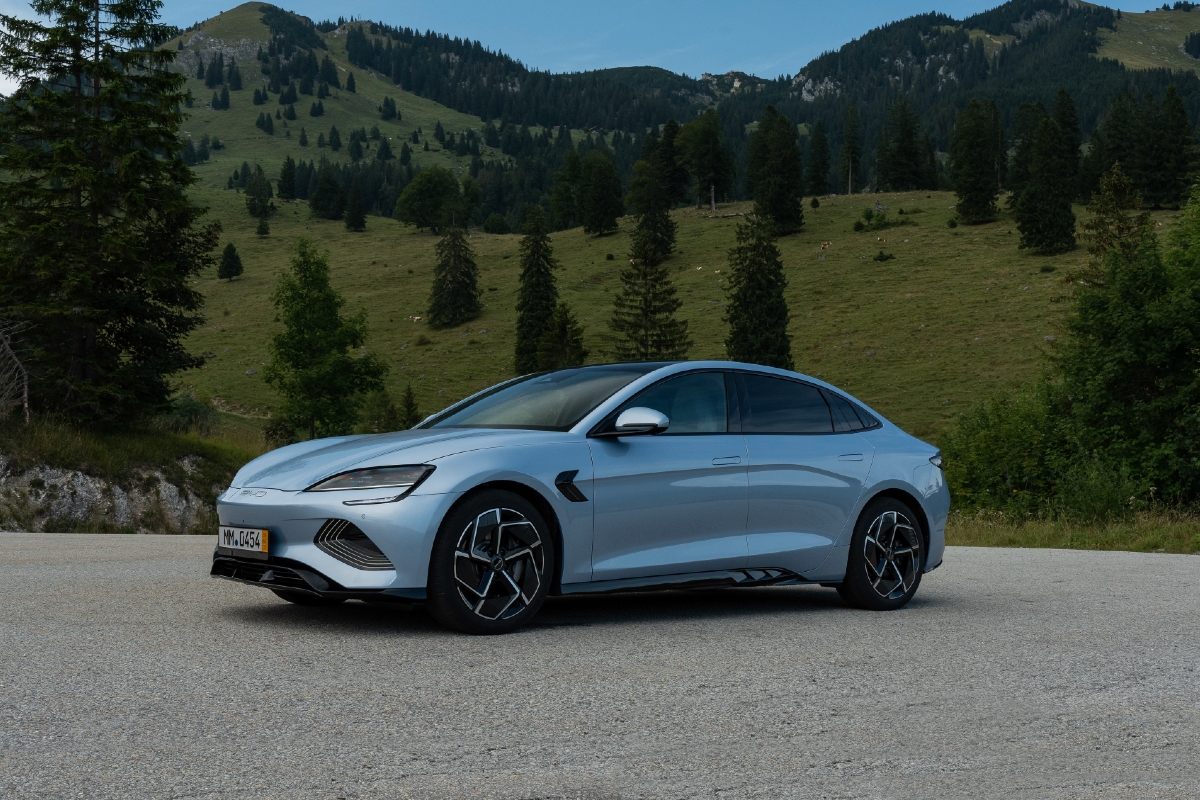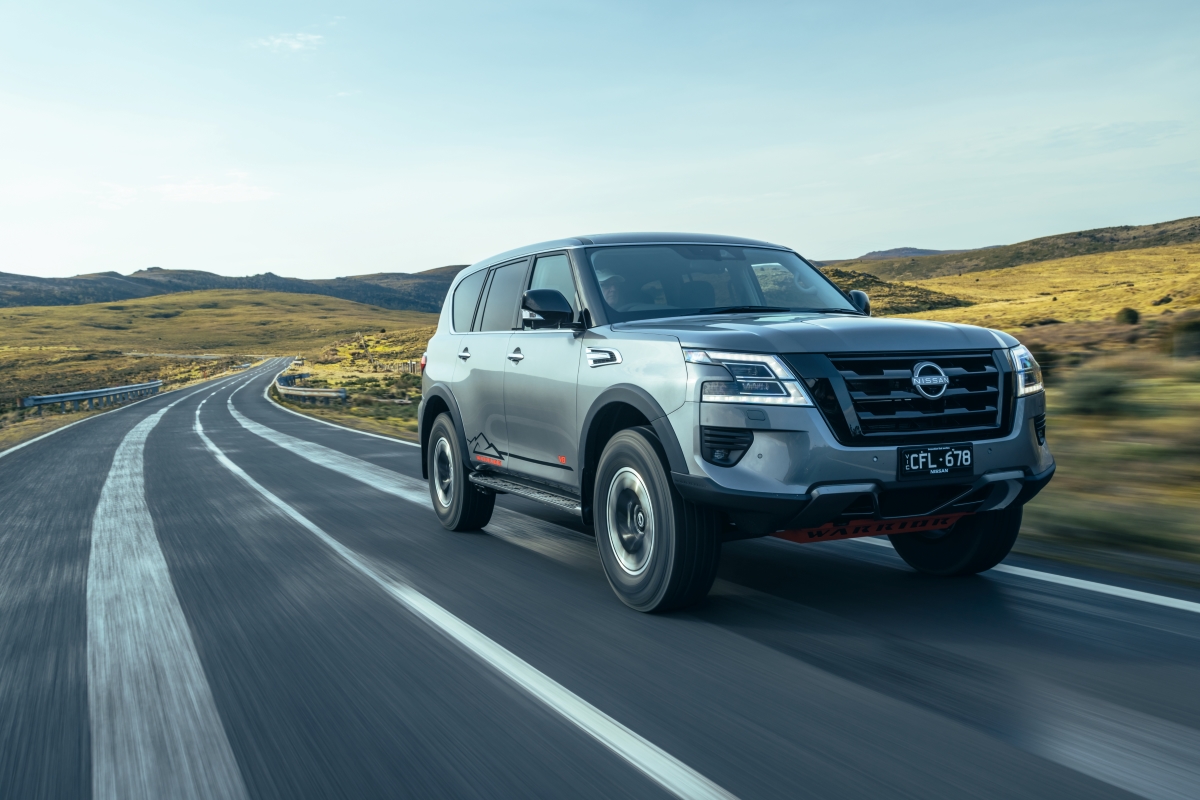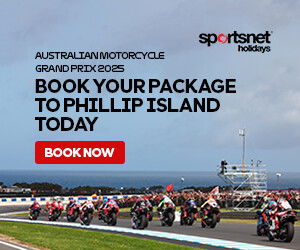
You’ve probably seen the four letters N, V, E and S pop up all over the news lately – the government’s New Vehicle Efficiency Standard, NVES.
But what the hell is it? What does it mean? And how might it affect you?
Let us give you a general idea, to make yourself look smart to your boofhead mates at the next quarterly round-barbeque conference.
Basically, until now, the government has imposed no rules on car companies around how fuel efficient their new car ranges need to be in the future. That’s unlike 85 per cent of all other countries around the world.
Fuel efficiency laws in Europe are so strict, it’s almost all the car manufacturers there can talk about. It’s the reason why Porsche had to replace the howling naturally-aspirated flat-six in the Boxster and Cayman with a turbocharged flat-four; and why Ferrari’s entry-level, mid-engine supercar has gone from naturally aspirated V8, to a turbo V8 and now a plug-in-hybrid turbo V6. Any new vehicle that’s lopped off cylinders and cubes, then attached turbochargers and hybrid systems, is a result of fuel efficiency standards.
In Europe, regulators stipulate a maximum CO2/km figure across a manufacturer’s entire range. If you sell a whole lot of dirty, gas-guzzling models, you’ll need a bunch of more efficient vehicles, like electric cars, to bring the average down. It’s why Aston Martin sold a rebadged tiny Toyota city car, the Cygnet – remember that? It was so it could keep selling giant V12s in the UK.

Depending on the jurisdiction, where you fall against the stipulated maximum CO2/km limit could mean having to pay penalties, or benefitting from credits. Receiving efficiency credits from ‘dirtier’ car companies has netted Tesla huge piles of money – US$1.79b or A$2.7b (yes, billion) last year alone.
Until recently, none of this has applied in Australia. If the rules that govern new cars for Australia applied to Europe, instead of a turbocharged four-cylinder, AMG would likely be fitting something like a 7.0-litre naturally-aspirated V8 to its next C63 by about now.
As a result, Australia has become a ‘dumping ground’ for the world’s car companies to send their less fuel efficient models, needing to channel cars like EVs to other markets in order to obey the law.
That’s about to change as Australia aligns with the US and Europe in forcing importers (there are no Australian mass market car manufacturers anymore, of course) to sell more fuel efficient cars here. That’s what NVES is.
It’s not a law yet, but the first proposal was released in February with drastic emissions reductions required by 2029. Somewhat unsurprisingly, many of the new car brands in Australia freaked out.
Isuzu might not have been able to sell any new models, Mazda would be up a certain Excrement Creek, Toyota and Ford would also be in big trouble – as would many others. Utes and large SUVs – which, of course, use a lot of fuel – would likely increase in price over time as the car companies sought to pass on future penalties to consumers; although maybe not to the same level of outrage the FCAI tried to push.
But that’s sort of the idea – make more efficient vehicles more attractive, and less efficient vehicles less attractive.

Of course, electric car makers like Tesla and BYD, love the new rules. Same as they can overseas, they stand to benefit from credits paid by the ‘legacy’ car companies as they, themselves, catch up on EVs.
Australia’s new car lobby group, the Federal Chamber of Automotive Industries (FCAI), resisted the original NVES proposal – splintering the car companies within its own ranks.
Tesla and Polestar quit the FCAI, and even Volkswagen stepped back (although VW’s exit comes perilously close to moral grandstanding as VW has a questionable history of efficient vehicles in Australia).
After ‘consultation’, an amended, watered-down version of NVES was released last week. Basically, some big SUVs that are great for towing – such as the Nissan Patrol – have been reclassified as light commercial vehicles, so there’s a longer timeline for them to cut their fuel use. The government will give manufacturers more time to develop more efficient ‘light commercial vehicles’ as well – read, dual-cab utes.

But the requirements are still pretty tough. From July 1, 2025, any new car importer has to ensure their model line-up meets an emissions cap or get slugged with a financial penalty. There will be different caps for passenger vehicles and ‘light commercial vehicles’, such as dual-cab utes.
The caps will get tighter each year until 2029, the goal being to reduce passenger vehicle emissions by 60 percent by 2030, and those of light commercial vehicles including dual-cab utes by “roughly” half.
It will mean many things. Car companies will be forced to accelerate radical engineering changes to their vehicles, including dual-cab utes. Ford’s plug-in hybrid Ranger is a sign of things to come, as are electric dual-cabs brewing within brands such as BYD, China’s biggest car-maker, as well as Hyundai and Kia.
No doubt, from 2025 it will be tough going for the higher emitting car makers. But again, that’s the idea.
And why do we need the government to force car companies sell us more fuel efficient cars? To answer that, we’d be leaving the world of vehicle emissions and entering those of politics, consumer psychology and climate science – articles for another day.












Discussion about this post